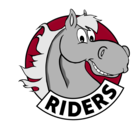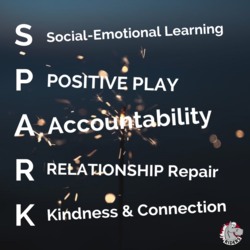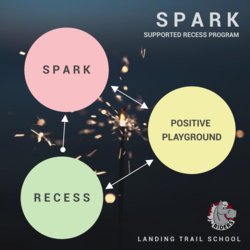The student spends a minimum of 10 days in the structured setting. During this time, the student must consistently demonstrate accountability for their behaviours, respectful body and positive play at least 90% of their duration at SPARK.
- This ensures that the child can use safe behaviour and may move to Positive Playgrounds for five days, where they must demonstrate accountability, respect and positive play for at least 90% of their duration at Positive Playgrounds.
- If students show unsafe behaviour at Positive Playgrounds during the five days, they return to SPARK for another five days.
- Student behaviour (accountability, respectful body and positive play is tracked while participating in SPARK and Positive Playgrounds).
Students may also be assigned SPARK for one day after two instances of flight response or physical aggression in the classroom on the same day.
*SPARK is not a consequence tied to lack of work completion or academic performance.


